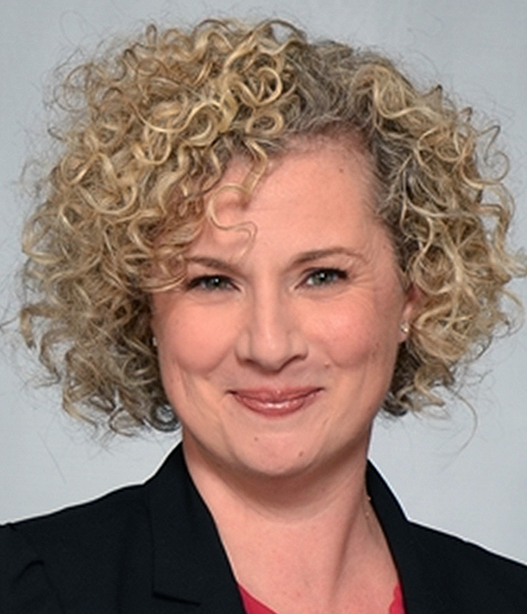
State: Calif.
Donovan: Masks, Cal/OSHA and the Rapidly Changing Guidance for Employers: [2021-06-16]
Employers throughout California are experiencing whiplash as the California Division of Occupational Safety and Health continues to revise its proposed emergency temporary standard for COVID-19, and the federal Occupational Safety and Health Administration issues its own ETS for health care workers.

Amy Donovan
For years, Cal/OSHA has had an aerosol transmissible diseases standard. That standard, which has remained in effect throughout the pandemic, applies to employee groups in certain facilities, service categories or operations (including hospitals, clinics, medical offices, paramedic and emergency medical services, and police services).
In November of 2020, the California Occupational Safety and Health Standards Board (OSHSB) voted to approve a new emergency temporary standard to protect general industry employees. These standards were approved by the Office of Administrative Law on Nov. 30, 2020, and have been in effect since. Keenan has published two briefings summarizing the ETS and related guidance, which can be found here and here.
On June 3, 2021, OSHSB met and approved revisions to the ETS. One would have required employers to either (1) distance indoor (and large outdoor event) employees who are not wearing respirators or (2) provide employees who are not fully vaccinated with respirators for voluntary use.
That requirement was to be in place until July 31, 2021. However, Cal/OSHA pulled back those revisions on June 9. At present time, the November 2020 ETS is still the law in California, but OSHSB will be meeting again on Thursday and will reportedly vote on a new set of revisions to the ETS that will ensure that fully vaccinated workers are not required to wear masks at the workplace.
Further, Gov. Gavin Newsom is expected to issue an executive order on Thursday, lifting the mask requirement for fully vaccinated workers, effective immediately.
Much of the confusion here stems from competing pressures — on the one hand, to require employers to comply with stringent safety standards, and on the other to continue to loosen up restrictions in the state as infection rates recede and vaccination rates climb.
California Health and Human Services Secretary Dr. Mark Ghaly announced on June 7 that vaccinated Californians will be able to go maskless in most settings, under new rules that will conform to updated guidance from the federal Centers for Disease Control and Prevention. Newsom is facing increasing calls to return many aspects of life for Californians as close to normal as possible this summer.
In the midst of this uncertainty, OSHA then proposed its own ETS for health care workers on June 9. That standard would impact employees in hospitals, nursing homes and assisted living facilities; emergency responders; home health care workers; and employees in ambulatory care facilities where suspected or confirmed COVID-19 patients are treated. The ETS exempts fully vaccinated workers from masking, distancing and barrier requirements when in well-defined areas where there is no reasonable expectation that any person with suspected or confirmed COVID-19 will be present.
It is unclear which standard will be effective for health care workers in California and other states that have their own OSHA-approved occupational safety and health plans. When OSHA promulgates an ETS, states like California with their own plans must either amend their standards to be identical or “at least as effective as” the new standard or show that a state standard covering this area is “at least as effective” as the new federal standard.
If not, state plans must adopt the federal ETS within 30 days of the promulgation date. If the federal ETS is found to be more effective, Cal/OSHA will be required to adopt the federal standard for health care workers.
The bottom line is that for the time being, the Cal/OSHA standards continue to remain in effect at California workplaces, but that is likely to change soon. As soon as new standards are finalized, we will make sure to share them.
Amy Donovan is vice president of legislative and regulatory affairs for Keenan and Associates' public agency property and casualty practice in Torrance, California. This entry is republished from Keenan's blog.